Lemon Ginger Zucchini Marmalade
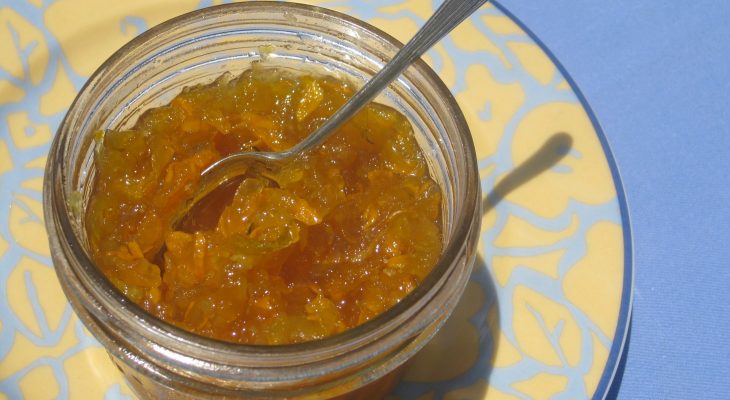 Lemon Ginger Zucchini Marmalade
Lemon Ginger Zucchini Marmalade
3 pc. lemons
1 pc. medium orange
2 1/2 cups water
1/2 cup chopped fresh peeled ginger root (I used 1/3 cup chopped crystallized ginger)
1 cup shredded zucchini
4 1/2 cups granulated sugar (I used all the sugar so I wouldn’t have so much pucker action)
Remove the thin outer rind from lemons and orange with vegetable peeler and cut into fine strips with scissors or sharp knife; or use a zester. Place in a large stainless steel or saucepan. Remove the remaining white pith in large pieces and add to saucepan. Stir in water and ginger root. Bring to a boil over high heat, cover, reduce heat and boil gently for 25 minutes. Using tongs remove and discard white rind. Finely chop fruit pulp in a food processor or blender. Add pulp and zucchini to saucepan. Bring to a boil over high heat, reduce heat, cover and boil gently for 20 minutes, stirring occasionally. Add sugar to fruit mixture. Return to a boil* and boil rapidly uncovered, until mixture will form a gel**, about 30 minutes, stirring frequently. Ladle into sterilized jars, remove excess air and fill to ¼” headspace. Wipe rims and add hot lids and rings. Process the jars for 10 minutes in a water bath at a full boil. Makes about 4 1/2 cups
* (If you want to skip the gel point and not cook it down for another 30 minutes you can add 3 T. of Ball flex batch pectin now and return to a boil for one minute. After the minute proceed to ladling.)
**For the gel; I used the freezer plate test method. (Located on the front of the website toward the bottom right for directions)
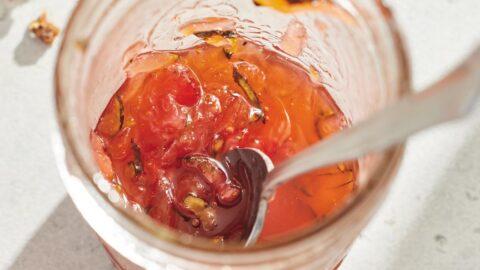 Zucchini-Strawberry Jam
Zucchini-Strawberry Jam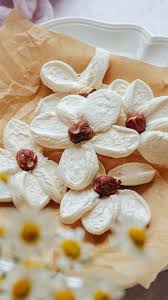
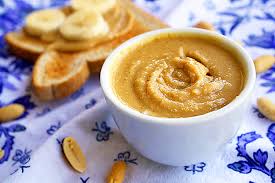 Homemade Vanilla-Honey Peanut Butter
Homemade Vanilla-Honey Peanut Butter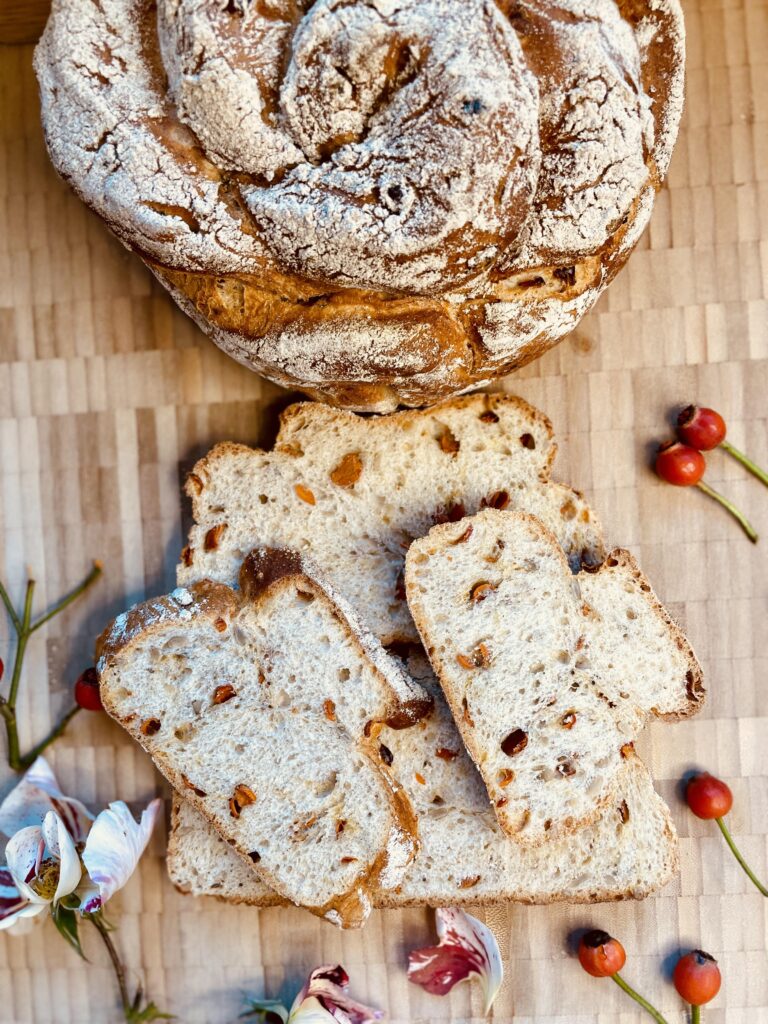 Sweet Briar Rose Hip Nut Bread
Sweet Briar Rose Hip Nut Bread Snowcone Butterfly Pea Syrup
Snowcone Butterfly Pea Syrup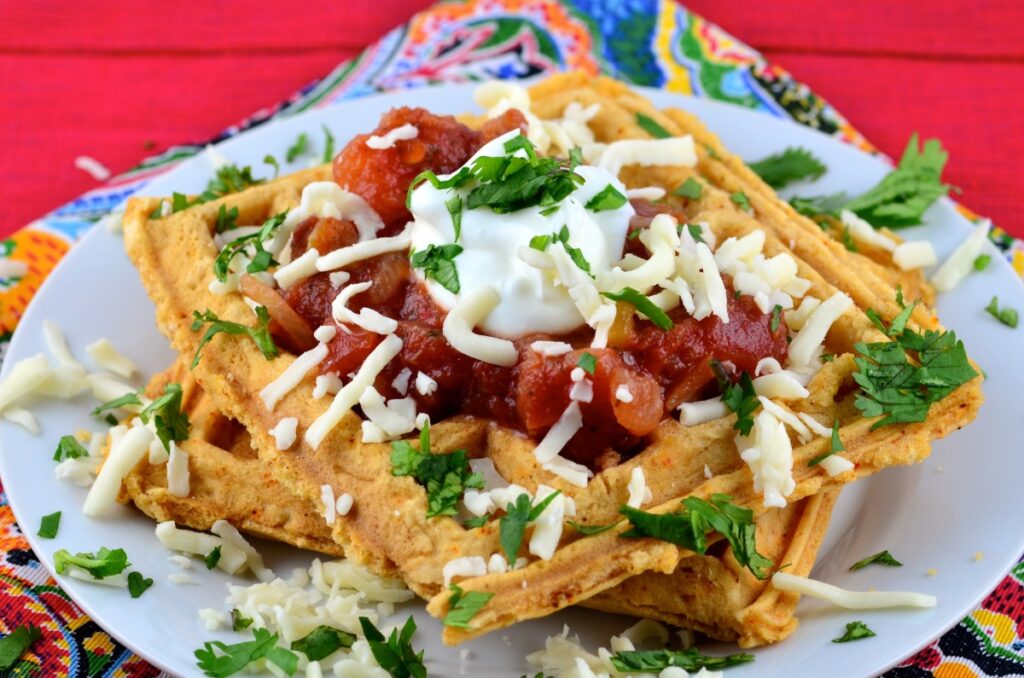 Tex-Mex Waffle Nachos
Tex-Mex Waffle Nachos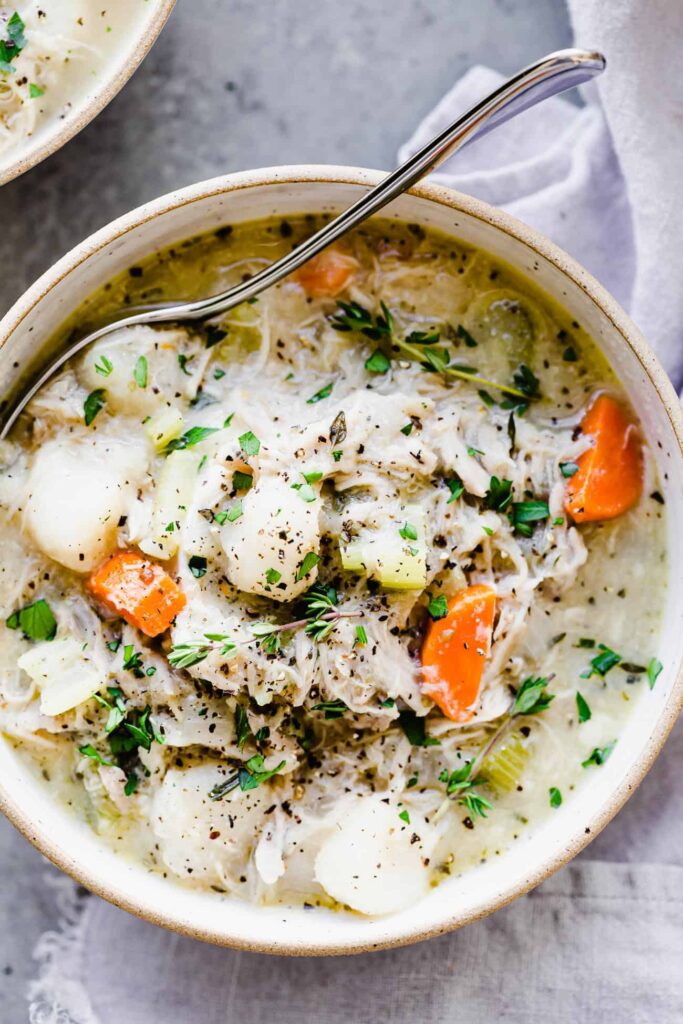 Creamy Chicken Cauliflower Gnocchi Soup
Creamy Chicken Cauliflower Gnocchi Soup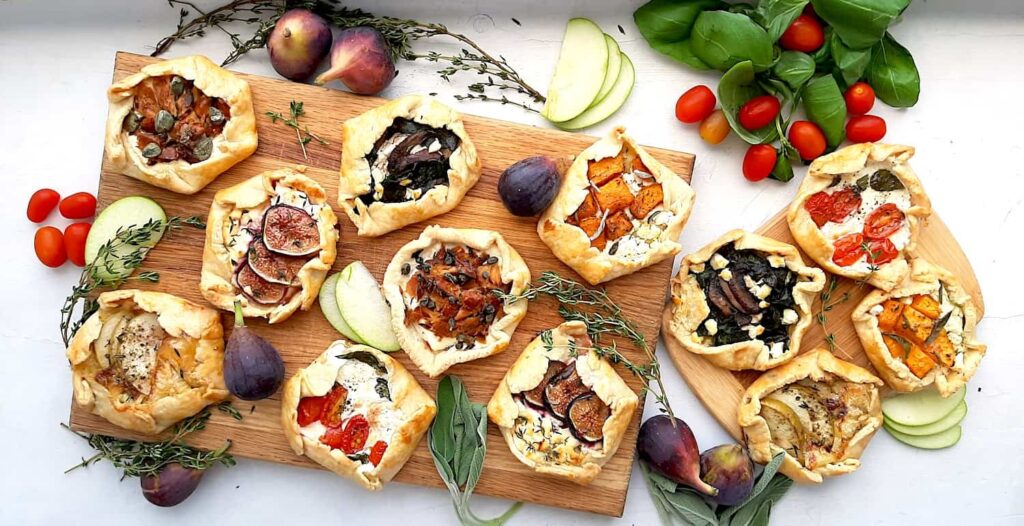
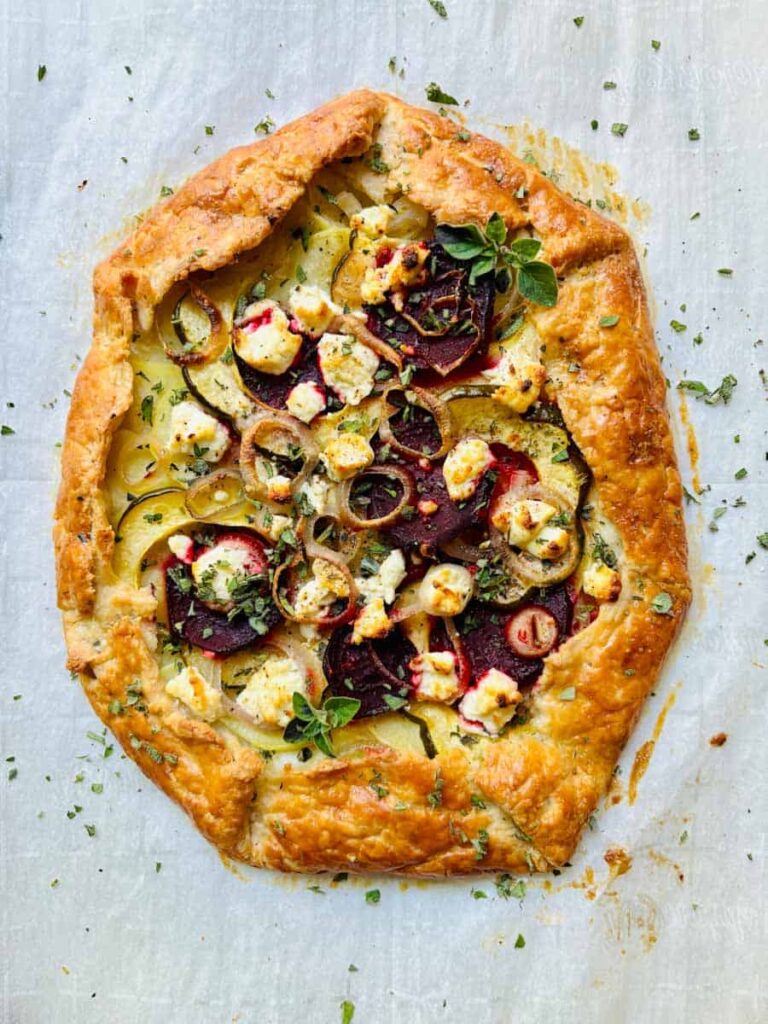
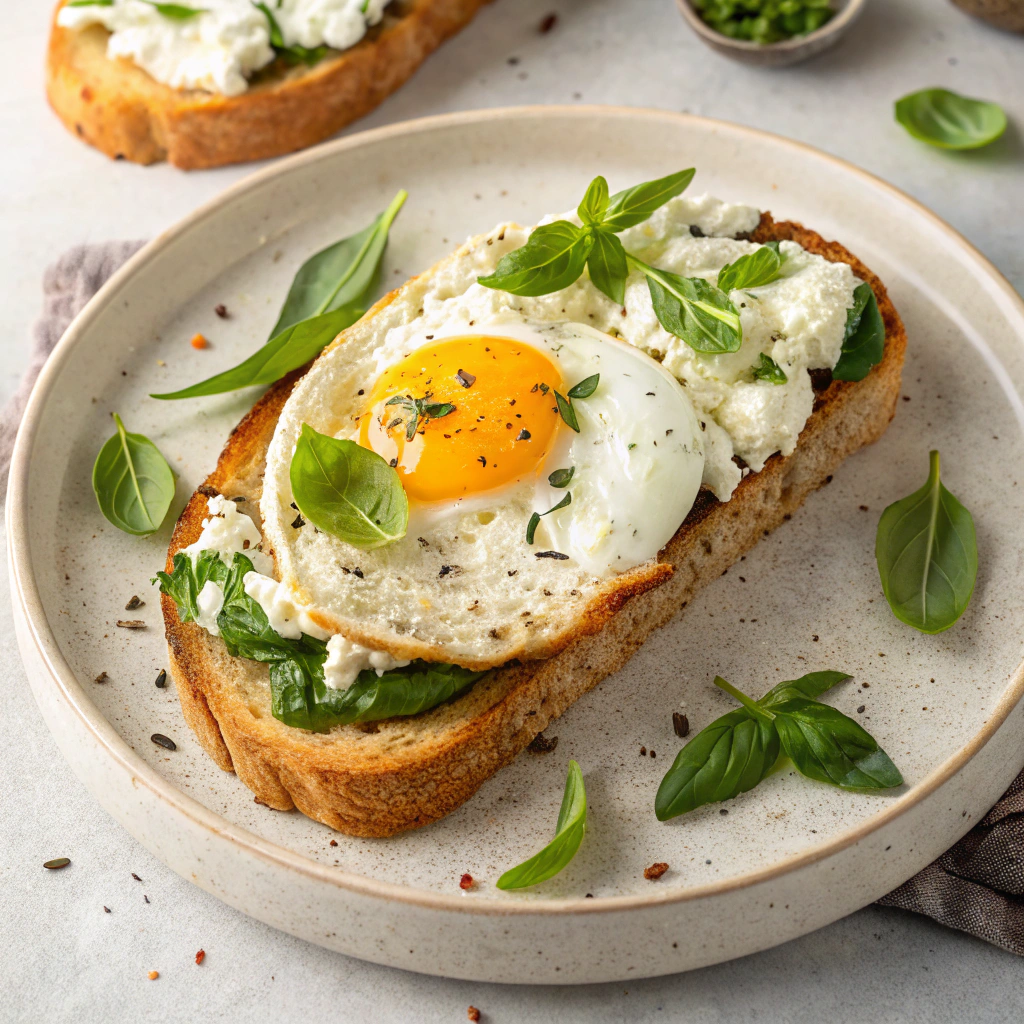 Pesto Fried Eggs on Toast
Pesto Fried Eggs on Toast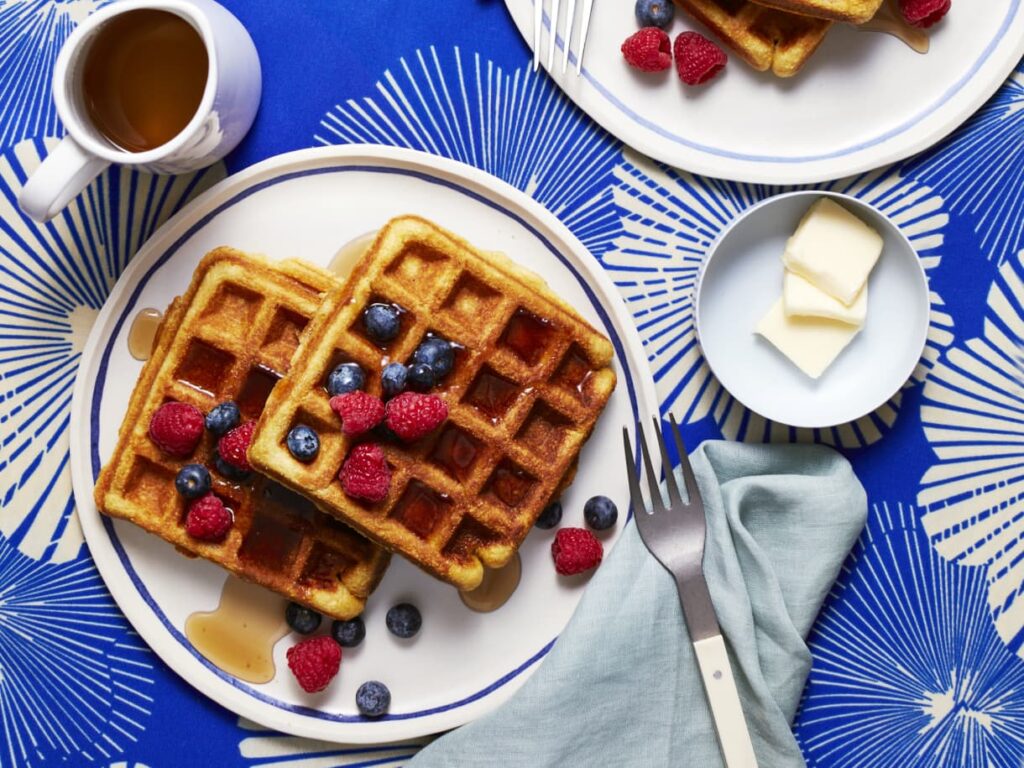 Brown Sugar Cornmeal Waffles
Brown Sugar Cornmeal Waffles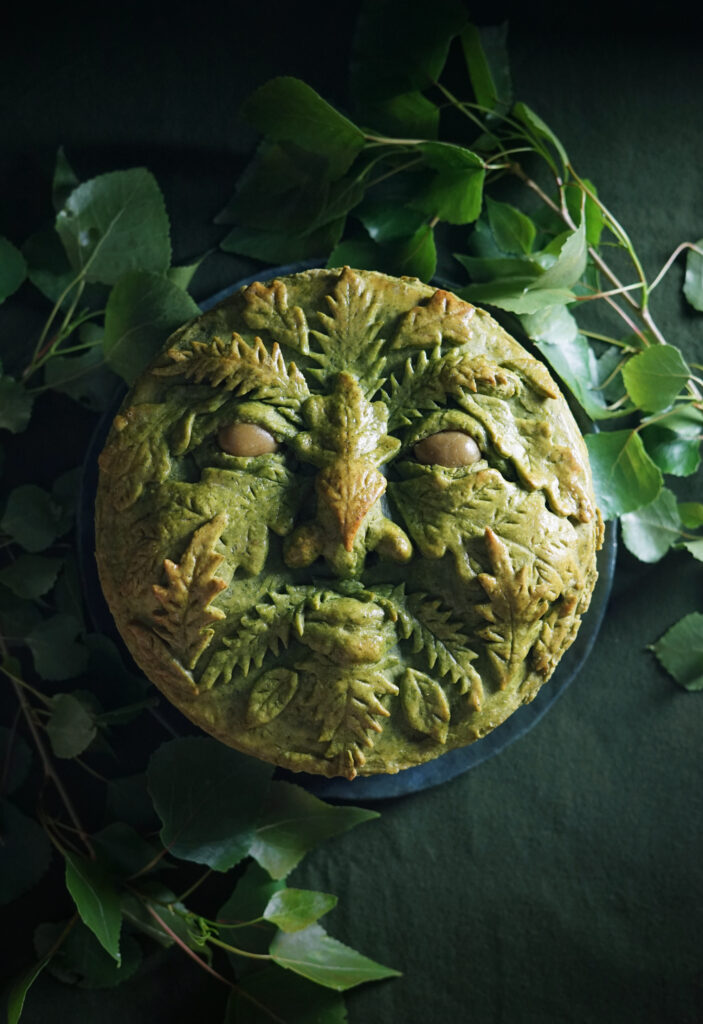 Green Man Picnic Pie
Green Man Picnic Pie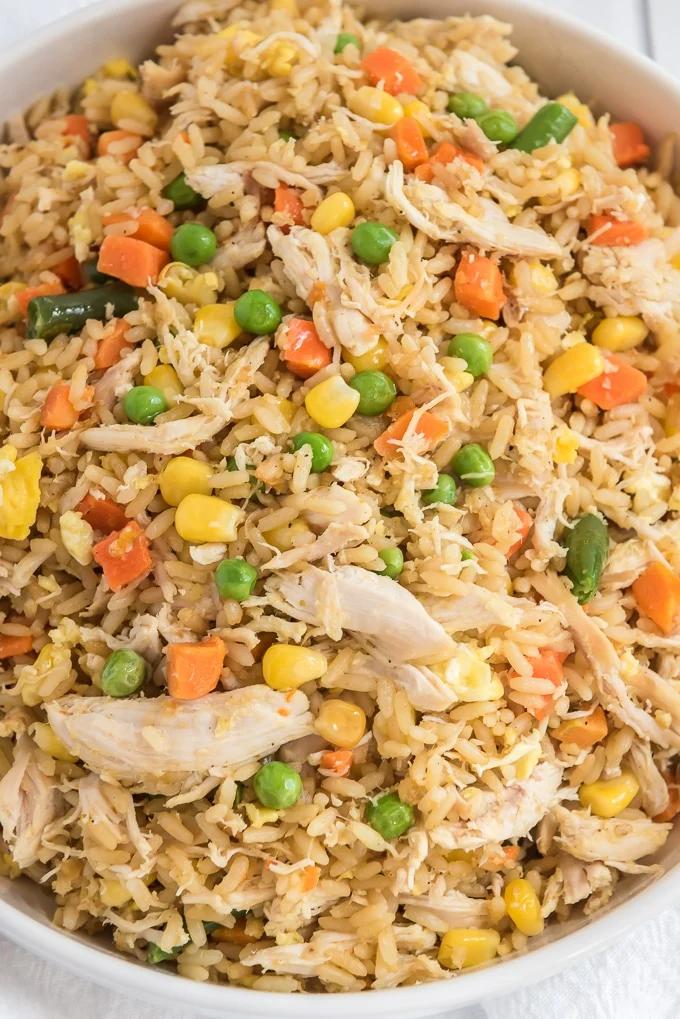 Rotisserie Chicken Fried Rice with Frozen Vegetables
Rotisserie Chicken Fried Rice with Frozen Vegetables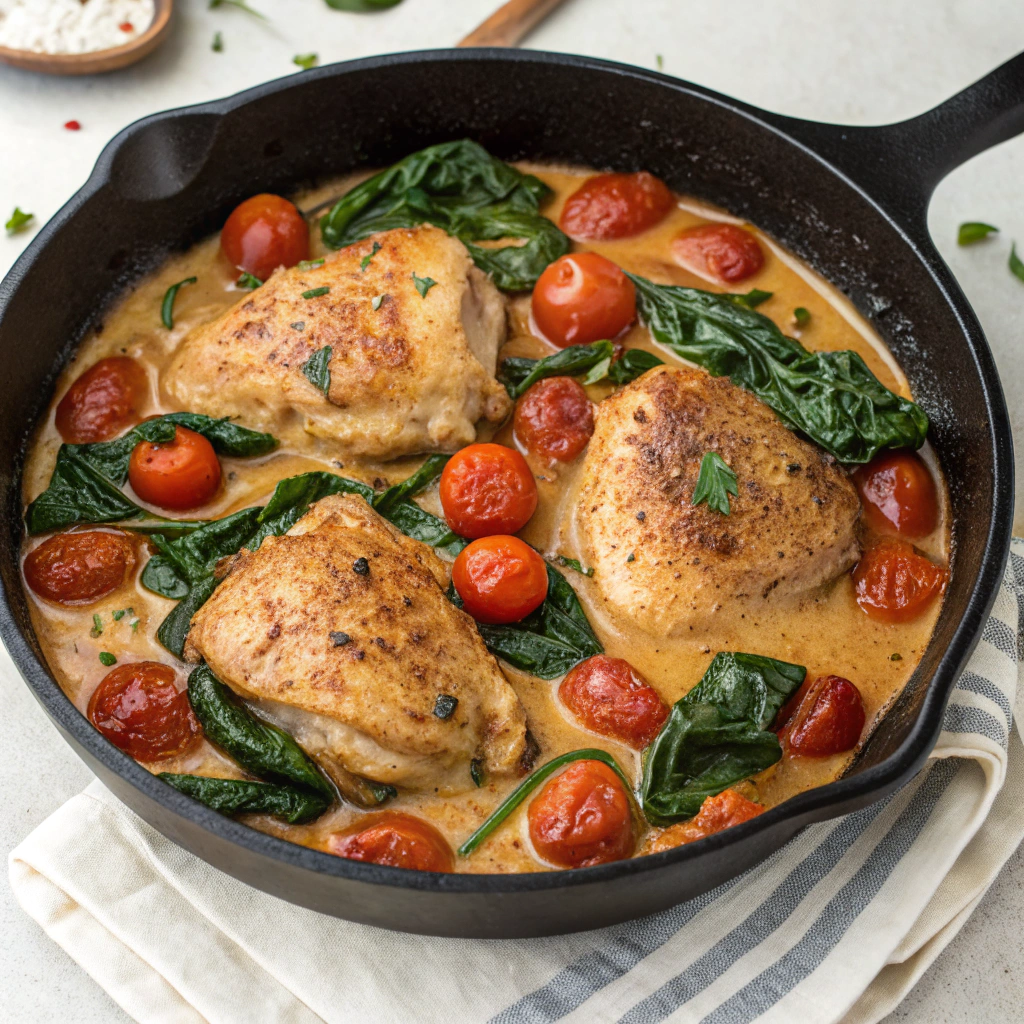 Creamy Paprika Chicken Skillet with Spinach and Tomatoes
Creamy Paprika Chicken Skillet with Spinach and Tomatoes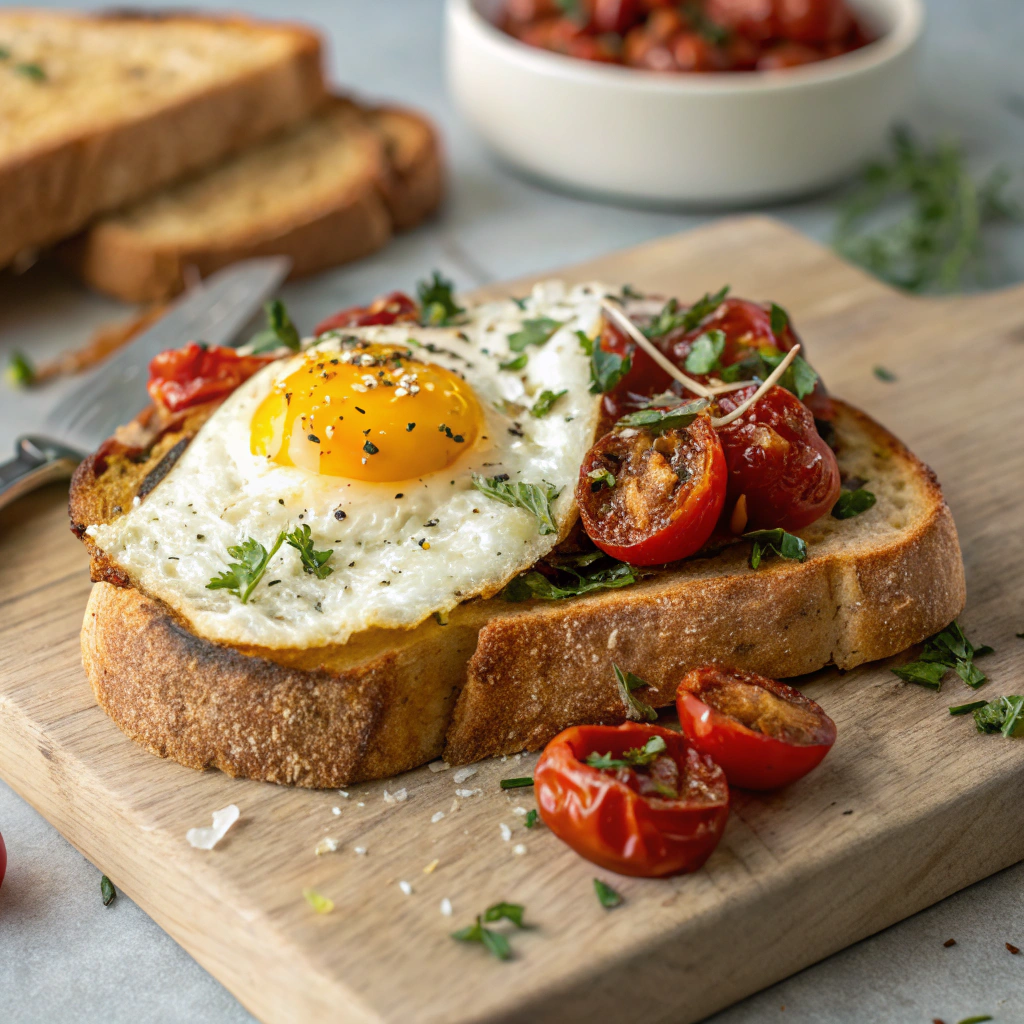 Pesto Egg and Tomato Toasts
Pesto Egg and Tomato Toasts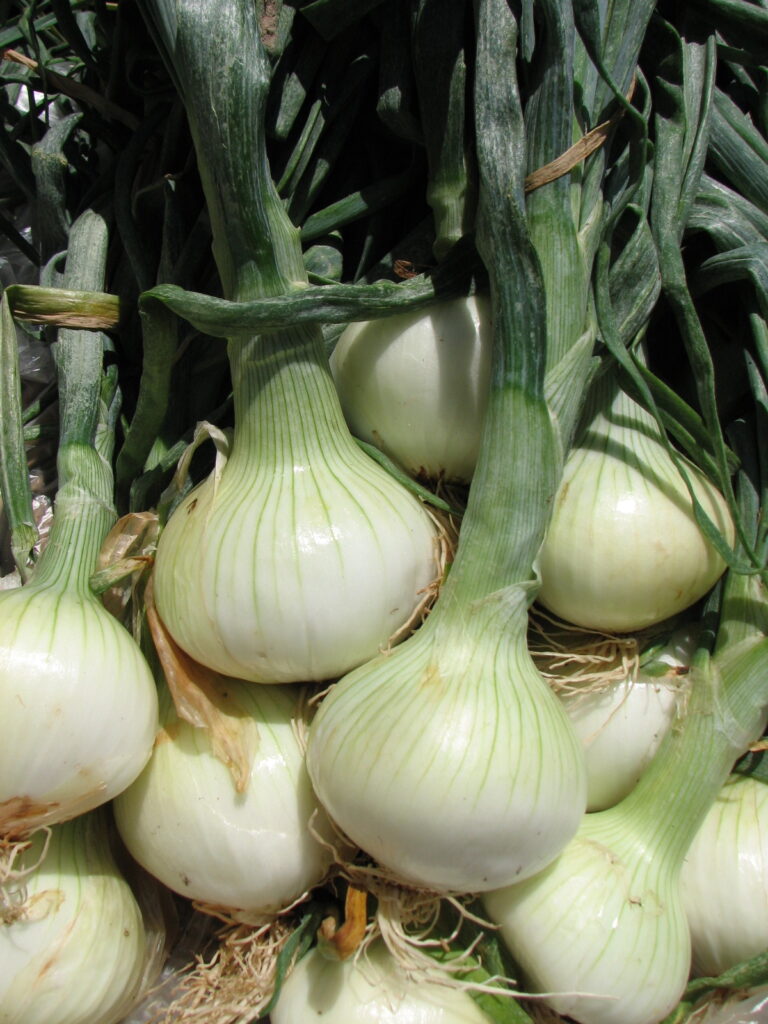 Grilled and Roasted Walla Walla Sweet Onions with Pine Nut Butter
Grilled and Roasted Walla Walla Sweet Onions with Pine Nut Butter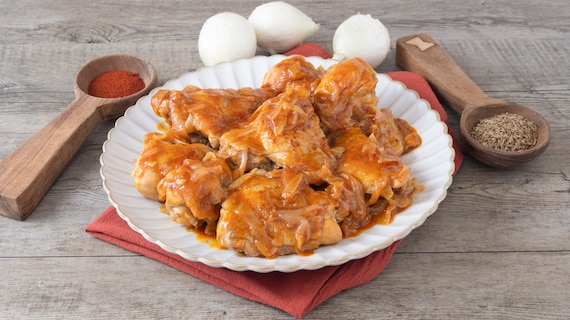 Pollo Con Le Cipolle
Pollo Con Le Cipolle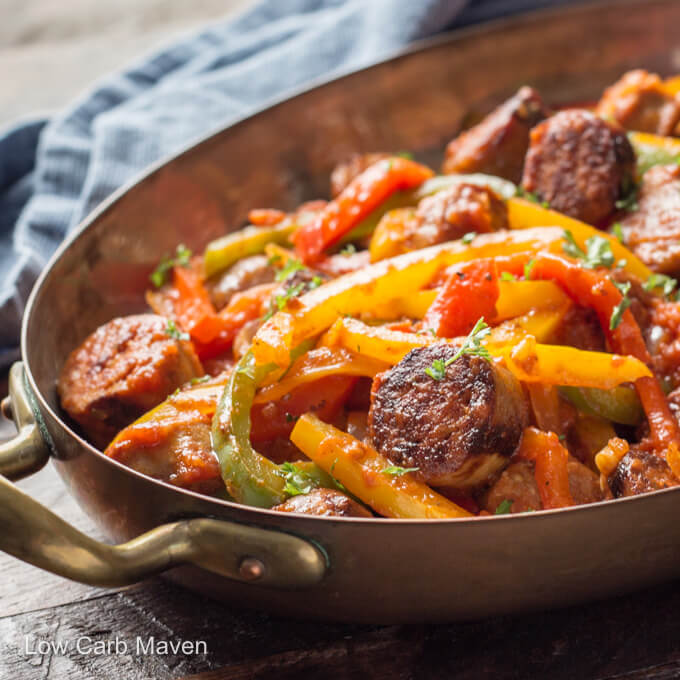
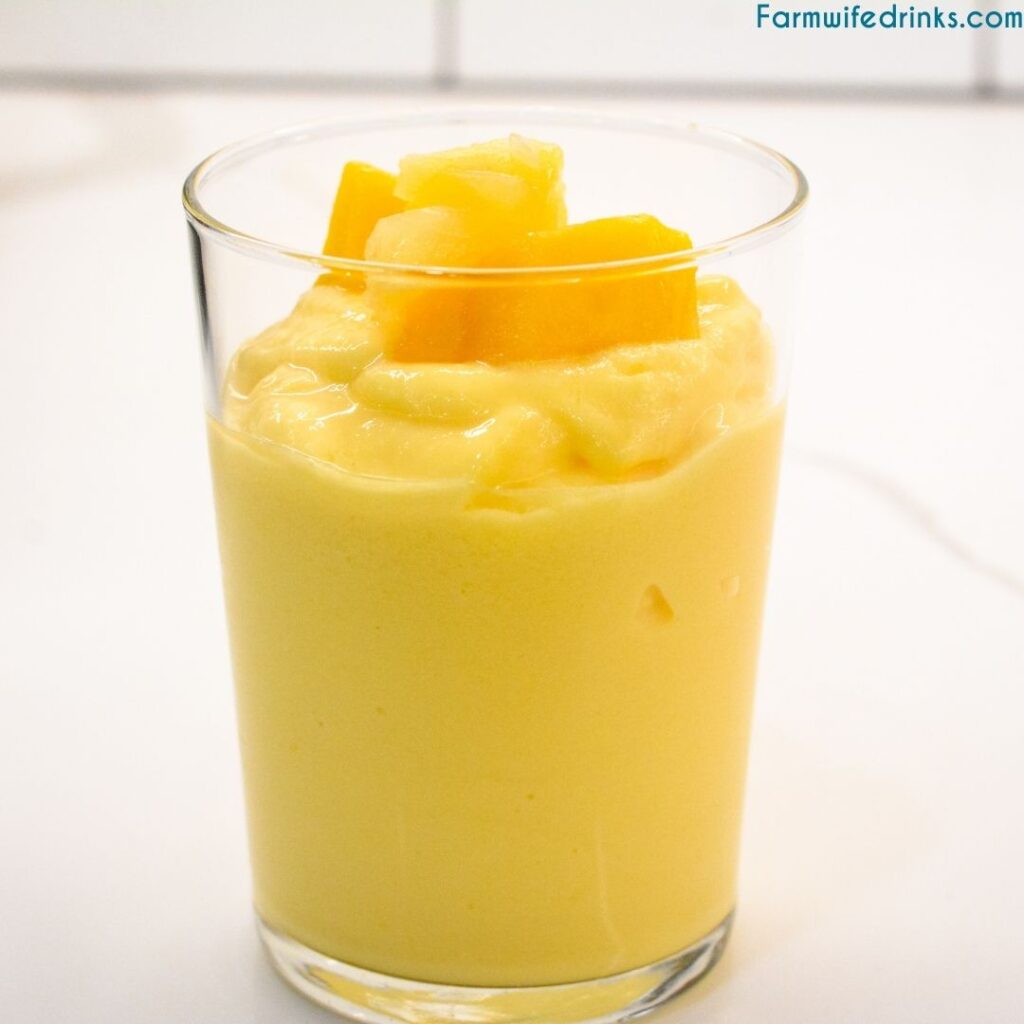 Mango Magic Smoothie
Mango Magic Smoothie Pretty in Pink Smoothie
Pretty in Pink Smoothie Pina Colada Smoothie
Pina Colada Smoothie Icy Holiday Punch
Icy Holiday Punch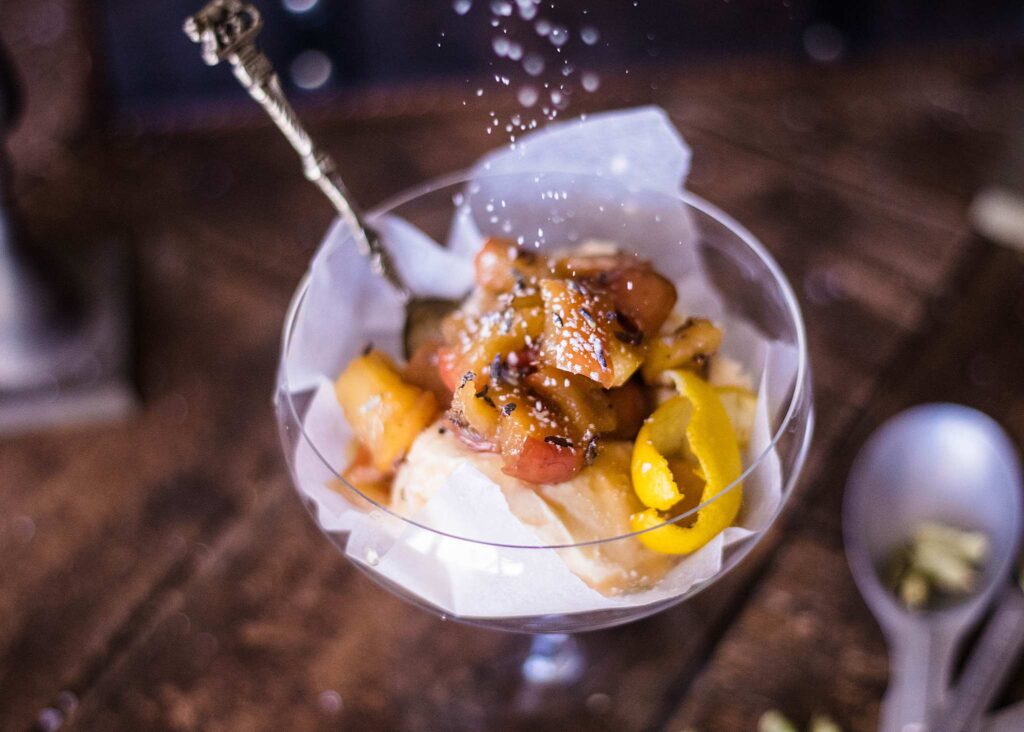 Lavender & Apple Butter Glaze
Lavender & Apple Butter Glaze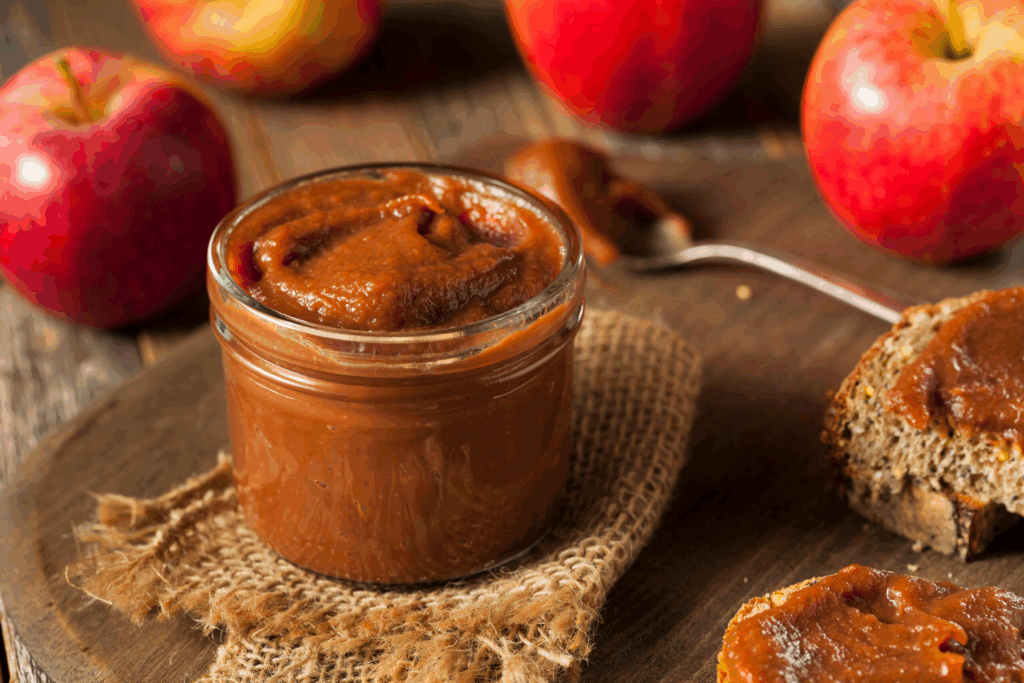
 Linden Leaf Pancakes
Linden Leaf Pancakes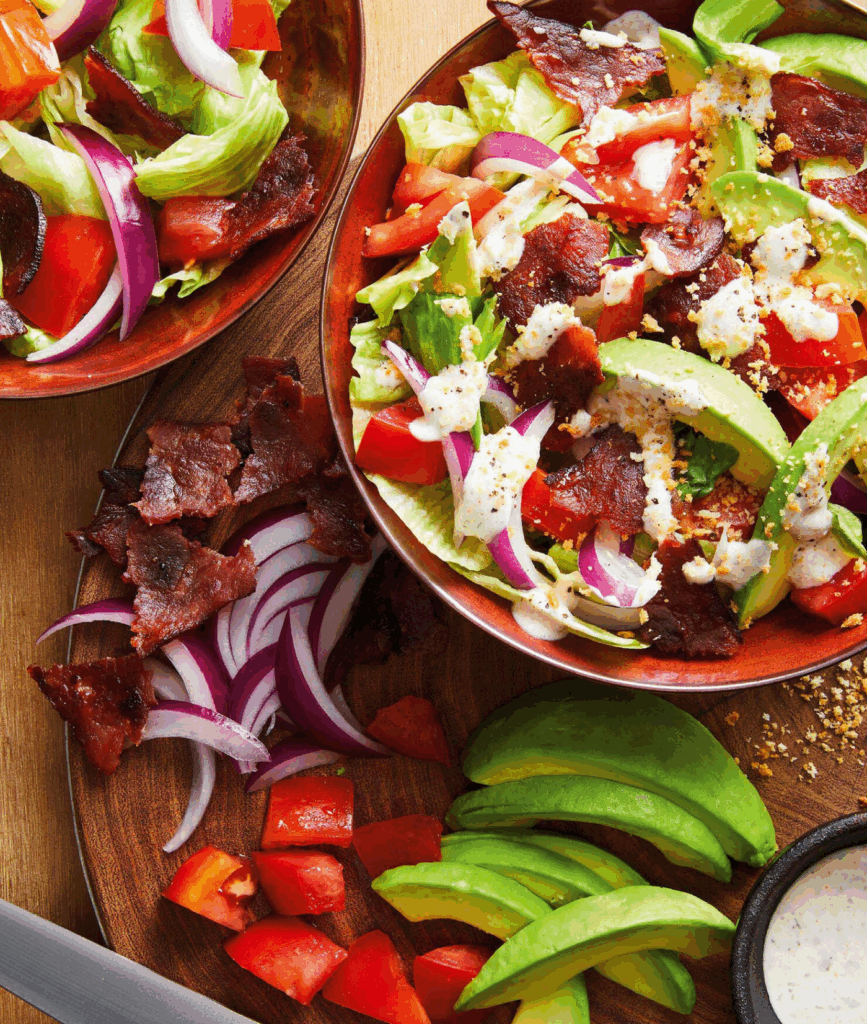 BALT Salad
BALT Salad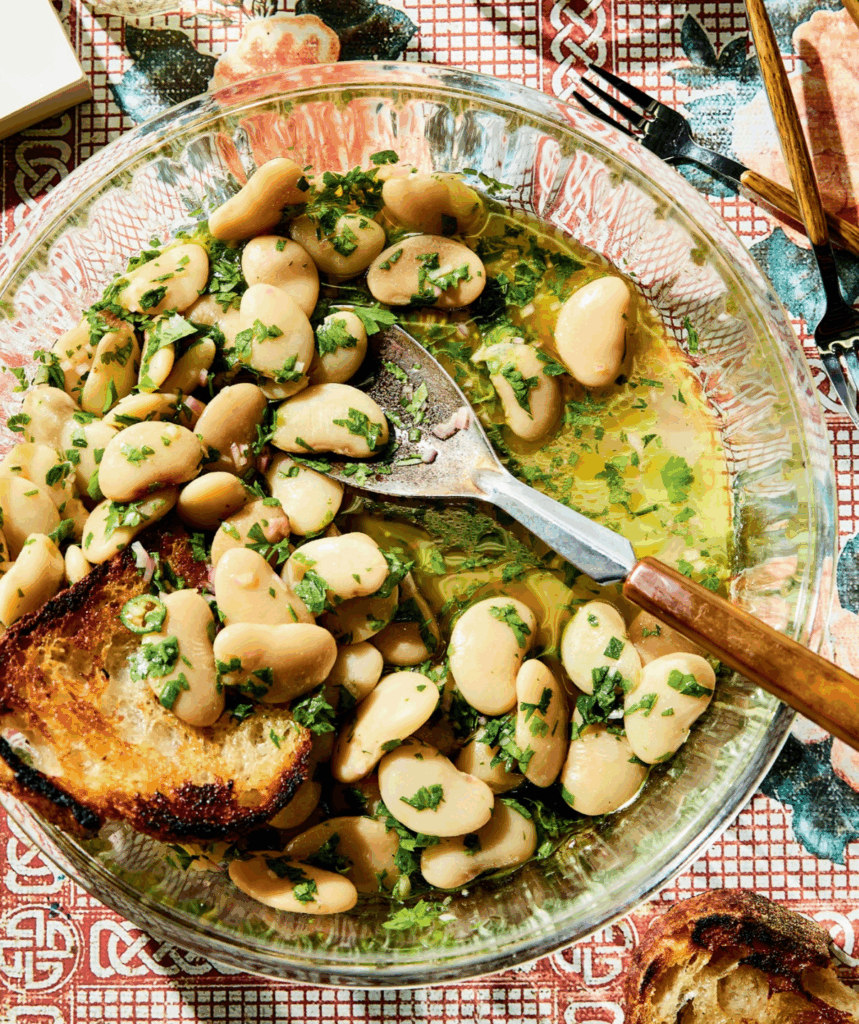 Butter Beans with Salsa Verde
Butter Beans with Salsa Verde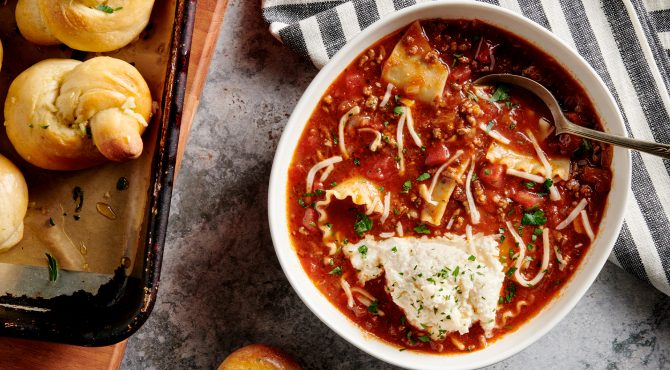
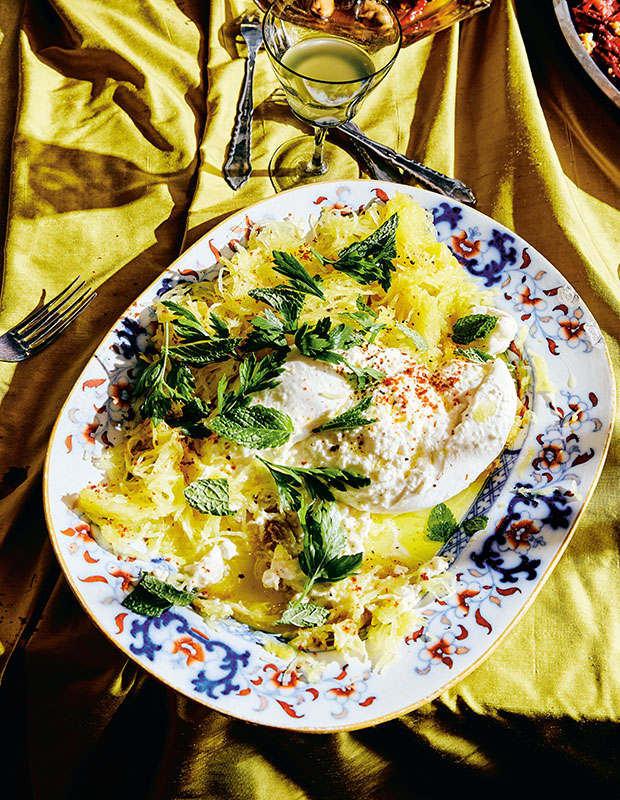 Lemony Spaghetti Squash with Burrata
Lemony Spaghetti Squash with Burrata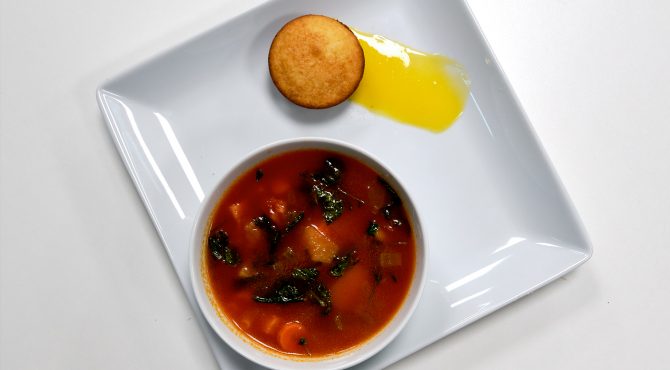
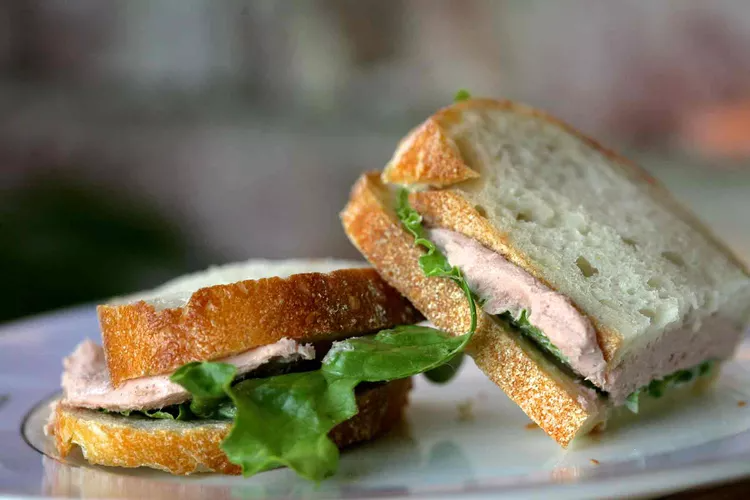 Liverwurst Sandwich Spread
Liverwurst Sandwich Spread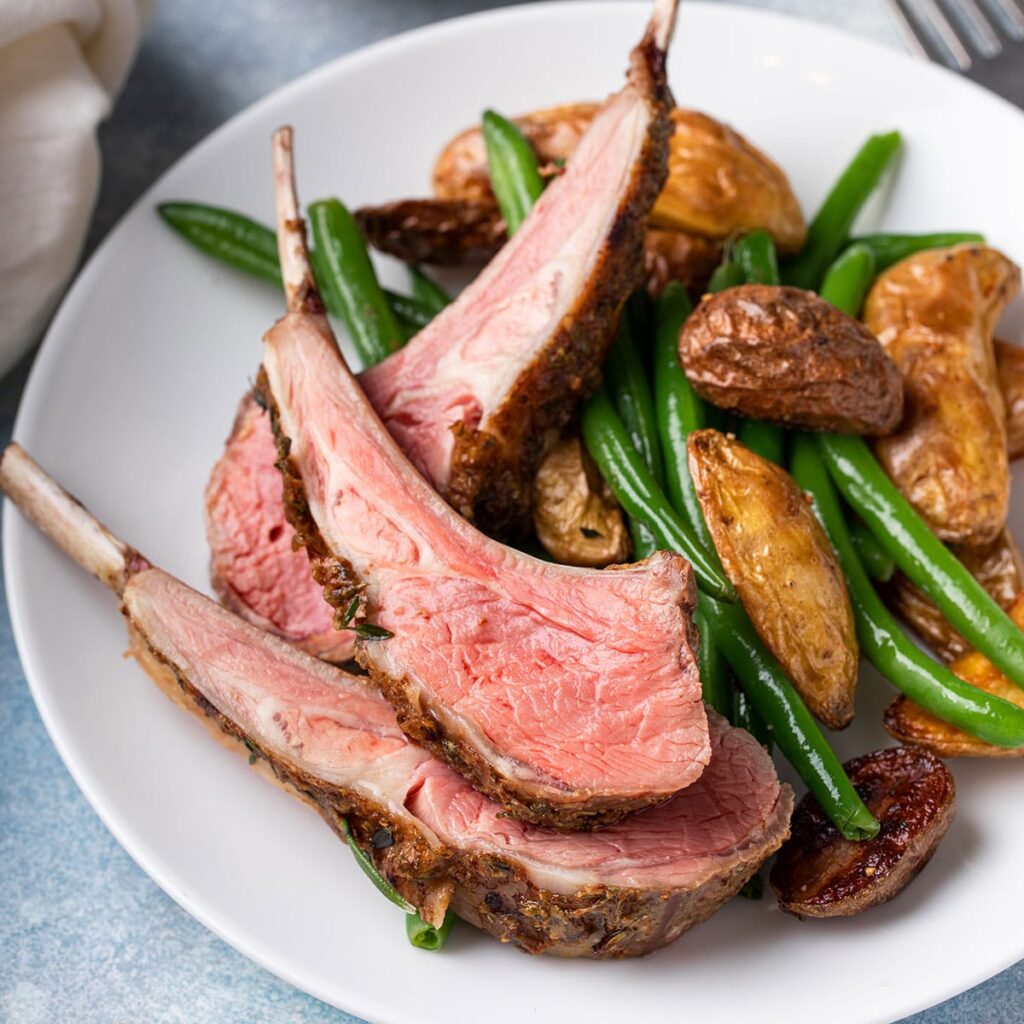 Peruvian Spice Marinated Oregon Lamb Chops
Peruvian Spice Marinated Oregon Lamb Chops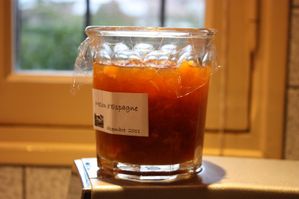 Citron Melon Jam with Orange and Star Anise
Citron Melon Jam with Orange and Star Anise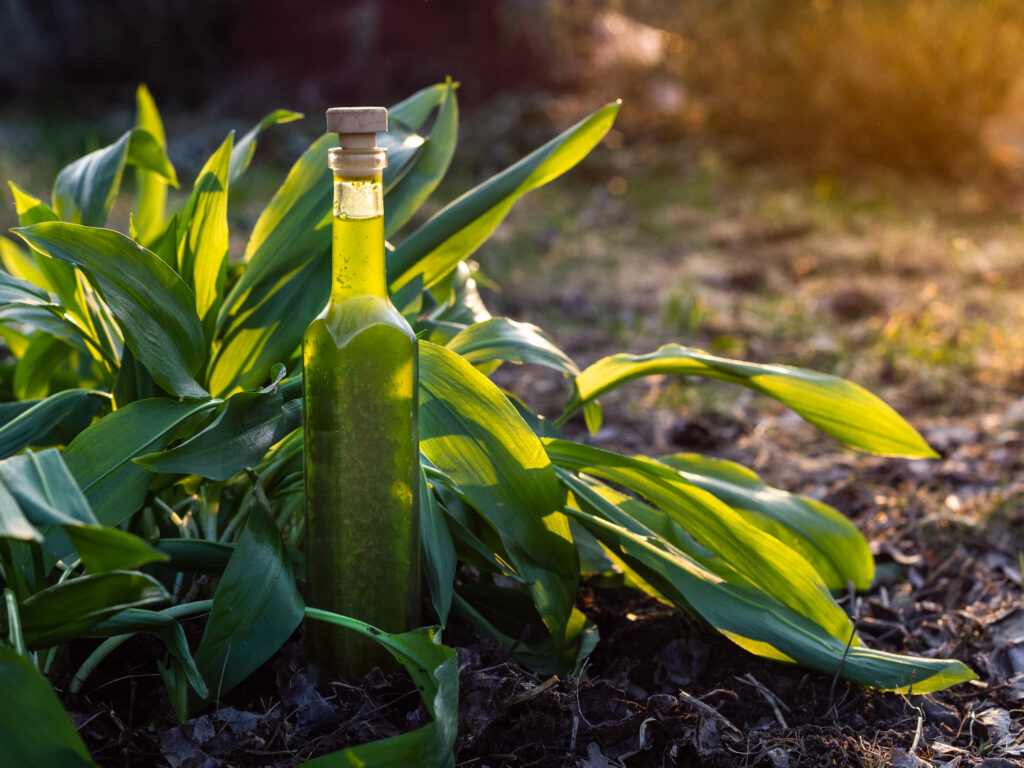 1 stalk green garlic, tender green and tops only, chopped (reserve white parts)
1 stalk green garlic, tender green and tops only, chopped (reserve white parts)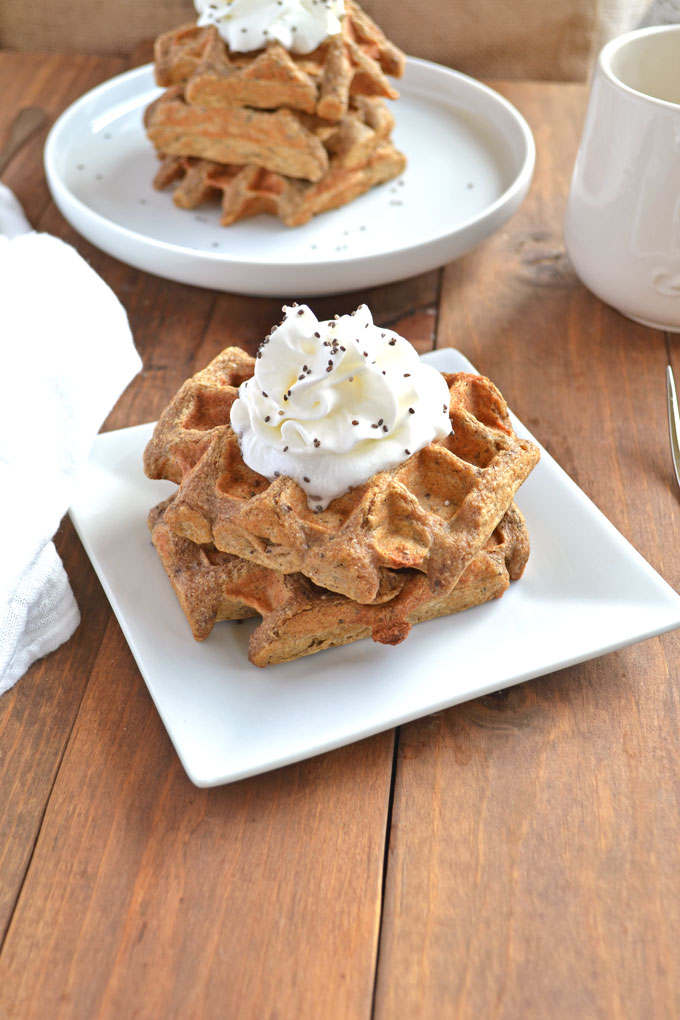 Gingerbread Chia Seed Waffles
Gingerbread Chia Seed Waffles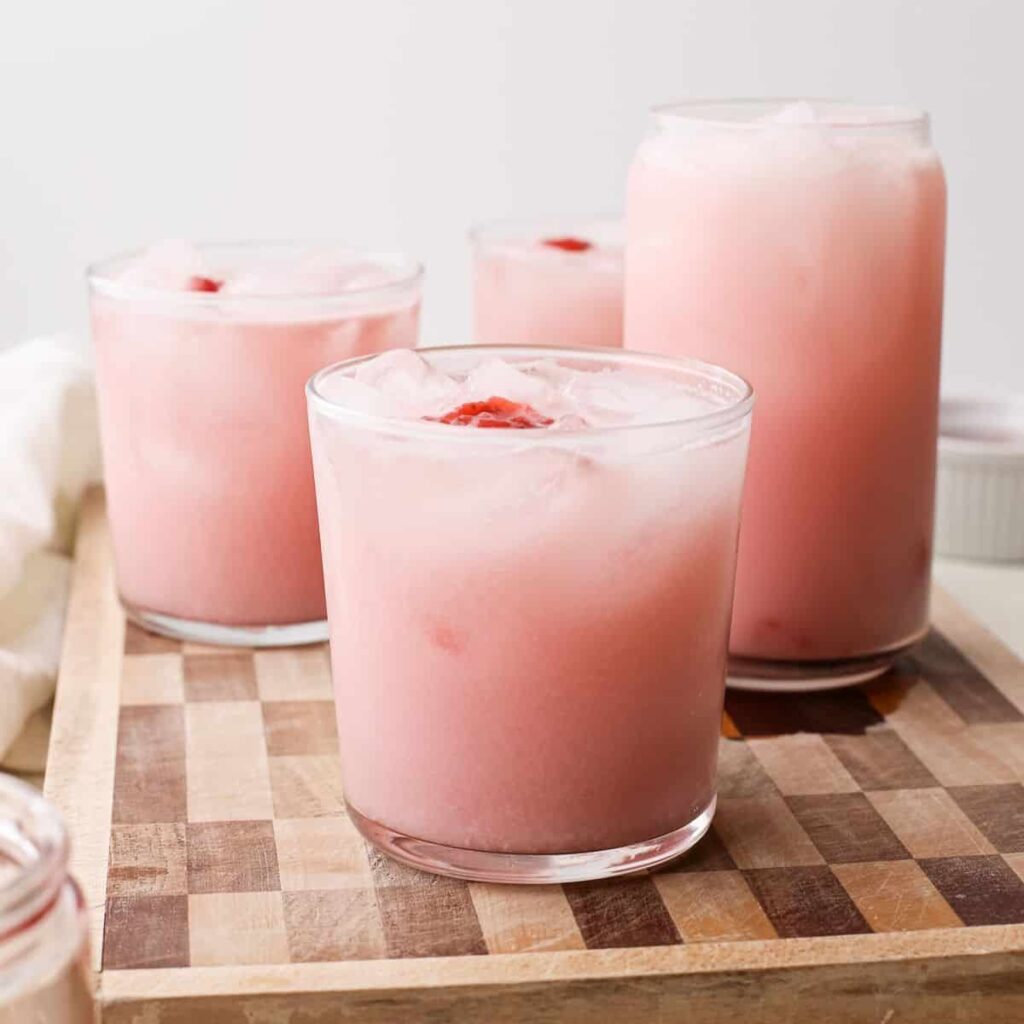 Coconut-Strawberry Fizz
Coconut-Strawberry Fizz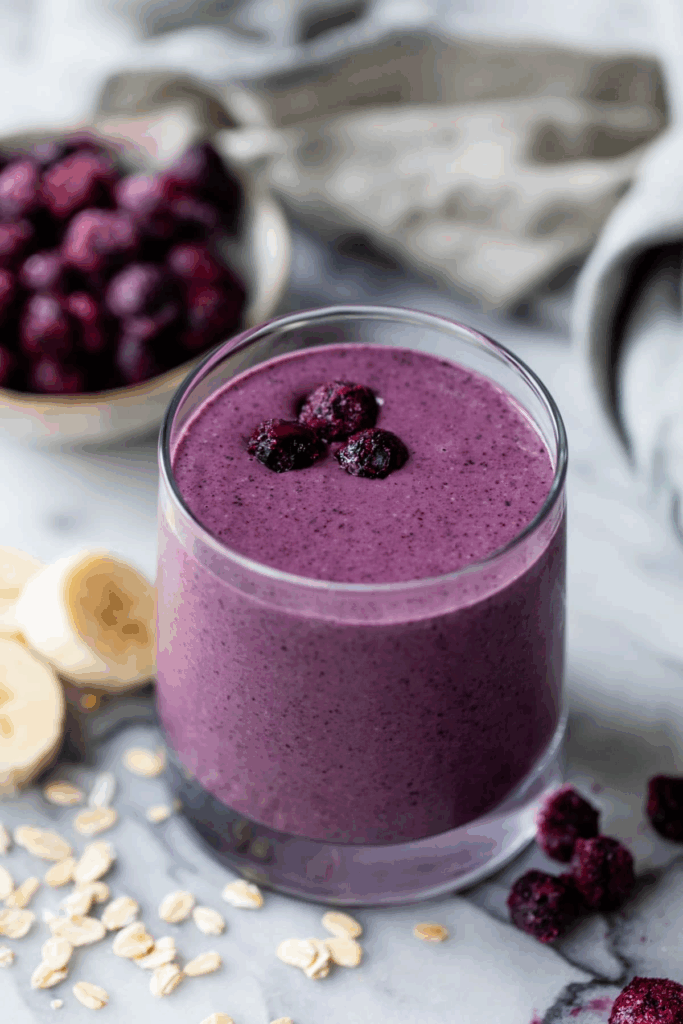
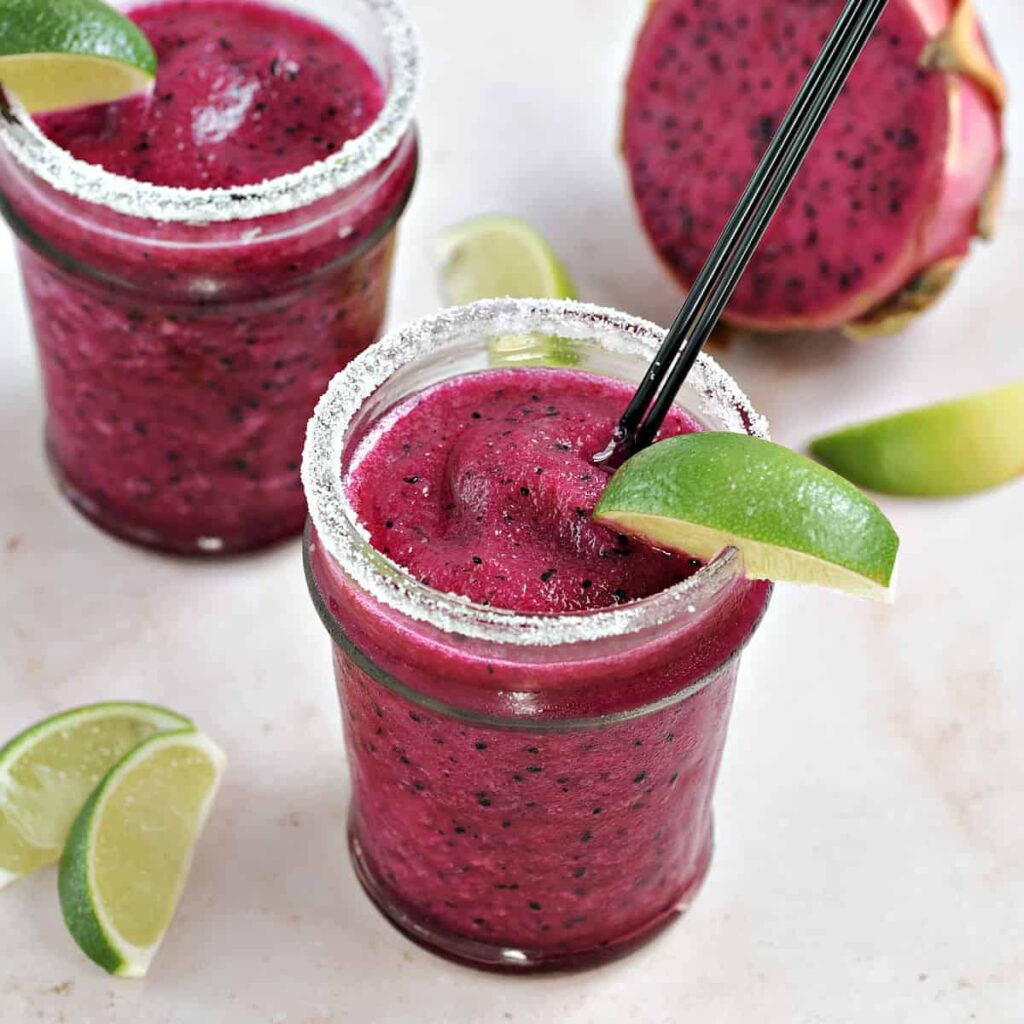 Dragon Fruit Margarita
Dragon Fruit Margarita